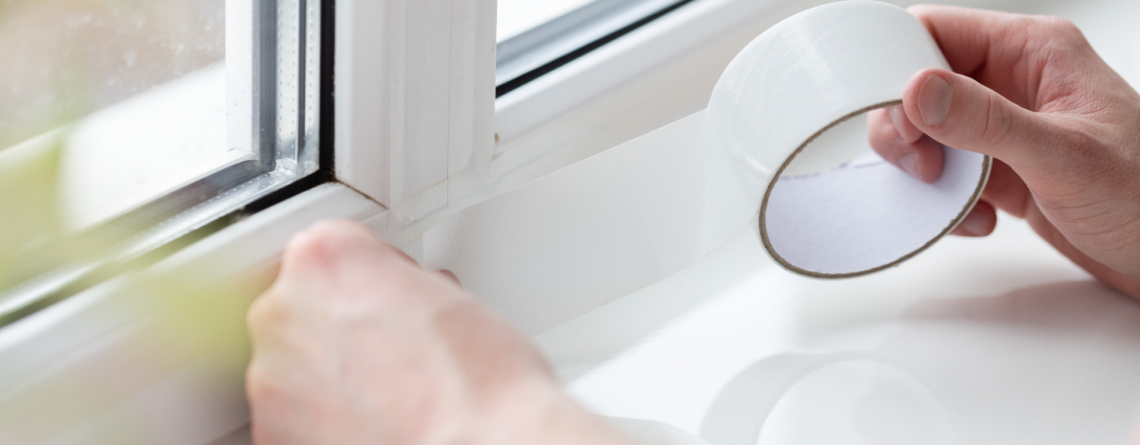Winterizing Your Home
What a difference two weeks can make. When I wrote this column, our valley hadn’t burned, so let me begin by sending my condolences to all those who’ve lost so much.
For those of us in the fortunate position of still having a house that is standing, now is the time to prepare it for winter. These tips will keep the structure in good condition and its inhabitants safe and comfortable.
Smoke Detectors and Carbon Monoxide Alarms – Be sure to test your alarms each fall, and change the batteries before they wake you in the middle of the night, or worse, don’t wake you at all. Newer models have 10-year batteries that do not require changing, so you may opt to replace your alarms rather than just switching out the batteries this year.
Fire Extinguishers – If you have a fire extinguisher (and you should), make sure it is still pressurized (check that the little indicator points to green), and put it next to an exterior door (not in the garage behind several boxes).
Lint Trap – In your clothes dryer, you should remove the lint from the trap after every single load. Lint loves to catch fire. While you’re at it make sure the vent from the dryer to the outside is clear of lint as well.
Extension Cords – If you are foolish enough to have extension cords in traffic areas (like I do), consider moving them or make sure they are well secured. If the cords look damaged, replace them.
Railings, Walkways, and Steps – Secure railings and loose boards and fix tripping hazards.
Roof – A 30-year roof doesn’t mean you should ignore it for 30 years. Repair loose shingles and check flashing, eaves, and soffits. If your flashing needs new mastic (sealant), apply it.
Chimney – Before you fire up your fireplace, have a chimney sweep repair cracks and clean the flue.
Gutters, Downspouts and Drainage – Clear debris and be sure the splash block at the bottom of the gutter directs water away from your house. While you’re at it, confirm that the soil around your home directs water away from your house, too.
Outside Faucets – It only takes one freezing night to burst an uninsulated pipe. Adding insulation is cheap and easy, and it helps avoid a potentially expensive repair. This is also a good time to store hoses for the winter.
Windows and Doors – Add caulking and weather stripping as needed.
Redwood Decks – Re-stain decks and hammer any nails that need attention.
Shrubs and Trees – Cut back any shrubs that grow right next to the house. It’ll save the paint and prevent critters (two-legged and four-legged) from hiding where they shouldn’t. Trim trees up six-feet from the ground.
Leaks – After the first rain, walk around and check for signs of water, including inside closets and attics. While you’re in the attic, make sure you have ample insulation and that it’s in decent condition.
Tile, Tubs and Showers – Repair grout and caulking before problems get worse.
Refrigerator – Vacuum and clean the coils to keep your fridge from working harder than it needs to. Dust works as an insulator on the coils, making it harder to cool the air.
Heating/Air Conditioning – Replace the filter every few months, and if it’s been a few years since you last had the unit serviced, consider an inspection.
Water Heater – Flush your water heater and it will last longer. The particulates in water sink to the bottom of your tank, creating an insulation barrier and causing tanks to rust faster and work less efficiently.
It’s easy to put off routine maintenance, but if you take care of your house on a schedule, it typically saves time and money in the long run.
If you have questions about real estate or property management, contact me at rselzer@selzerrealty.com or visit www.realtyworldselzer.com. If I use your suggestion in a column, I’ll send you’re a $5.00 gift card to Schat’s Bakery. If you’d like to read previous articles, visit my blog at www.richardselzer.com. Dick Selzer is a real estate broker who has been in the business in Ukiah for more than 40 years.






